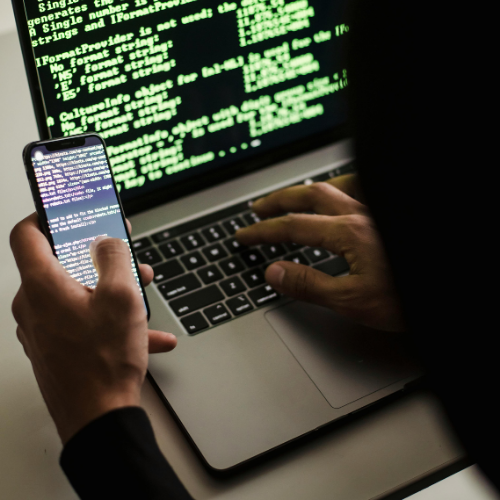The internet has become essential to our lives—enabling communication, work, shopping, entertainment, and even medicine. However, along with digital technologies come the risk to your personal data. Cyberattacks are getting more sophisticated than ever, and protecting yourself online is important now more than ever.
As we head into 2025, cybersecurity is now a major concern for individuals, corporations, and governments. This article will look at the future of cybersecurity and some of the threats we’ll face, along with the best methods for protecting your personal data in a hyper-connected world.
H2: The State of Cybersecurity in 2025
Cybersecurity is no longer just a question of antivirus software and good passwords. With the fast-paced development of artificial intelligence (AI), quantum computing, and hacking techniques, the vernacular of digital threats is wider than ever.

H3: The Rise of Cybercrime
Cybercrime has emerged as a multi-trillion-dollar industry—hackers targeting everything from smartphones and social media accounts to financial platforms and health databases. Ransomware, phishing, and identity theft seem to happen every day.
H3: The Impact of Artificial Intelligence
AI is a two-way street in terms of how cybercrime is evolving. There’s a cybercriminal side, which is always using AI to create more sophisticated forms of attack. Defenders can also use AI to detect anomalies, predict threats, and stop a breach before it occurs.
H2: Key Cybersecurity Threats to be Aware of in 2025
Cyber threat tactics are consistently changing. Knowing the most common ones in 2025 will help you protect yourself and your information.
H3: Phishing and Social Engineering
Hackers are getting better at deception, finding ways to manipulate people into providing personal information. Today’s phishing emails and fake websites appear almost identical to real ones, and unsuspecting users are often misled to provide their information.
H3: Ransomware Attacks
Ransomware remains one of the most damaging cyber attacks. Hackers use ransomware to lock users out from their device or data and then want payment to return access. In 2025, ransomware-as-a-service platforms are not just proliferating, they make it easy for attackers to launch attacks.
H3: Breaches
When a breach occurs at, say, a large company, government agency, or any organization for that matter, personal information of millions of users can be revealed. Information such as passwords, addresses, and bank details can be obtained and sold by hackers on the dark web.
H3: IoT Vulnerabilities
Smart devices—from internet-connected refrigerators to fitness trackers—contribute great convenience. However, these devices seldom possess excellent security, and bad actors can take advantage of weak points in the devices to access a user’s entire home network.
H3: Hacking and AI
Cybercriminals are currently using AI to automate attacks, crack passwords more quickly, and leverage exploits at scale. As hackers embrace these advances, we become less secure with traditional security protocols.
H2: Protecting Your Personal Data

W2: The Impact of Technology on Cybersecurity in the Near Future
When it comes to defending against cyber threats, technology itself is an integral component, and in 2025 there will be many technologies that will impact cybersecurity.
W3: Cybersecurity Defense Using AI and Machine Learning
AI-enabled systems can monitor activity on a network in real time, identify suspicious behavior, and automatically block threats. Machine learning allows AI systems to learn and improve over time and evolve to better protect against future threats.
W3: Cybersecurity with Blockchain
Blockchain is being used in secure digital identities, financial transactions and data storage. Because it is decentralized technology it makes it difficult for a hacker to alter data.
W3: Quantum-Resistant Encryption
As quantum computing develops, past methods of encryption may become obsolete. Companies developing quantum-resistant encryption are advancing the protection of sensitive and classified information.
W2: Cybersecurity as a Part of Life.
Cybersecurity is not just a concern for those who are tech-savvy, it is a concern for us all. Cybersecurity is important in our social media presence and our online financial transactions. We must be careful about what data we are willing to share.
W3: Social Media
You should minimize the amount of personal information that you share publicly on a social media profile. Hackers can leverage personal information about you, like your birthday, address, or your pet’s name, to create a guess for your password or social engineering attack.
W3: Banking
Always use secure and official banking apps when accessing banking accounts online. You should be receiving notifications for suspicious activity, if you see one, immediately lock your banking app or account. You should never login to your financial accounts on a public wifi network.
